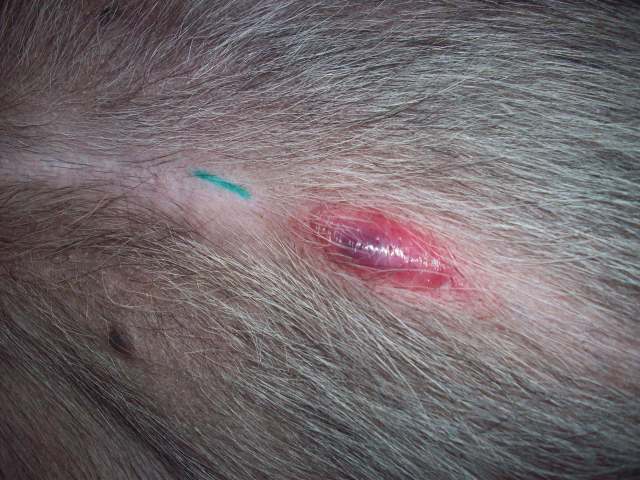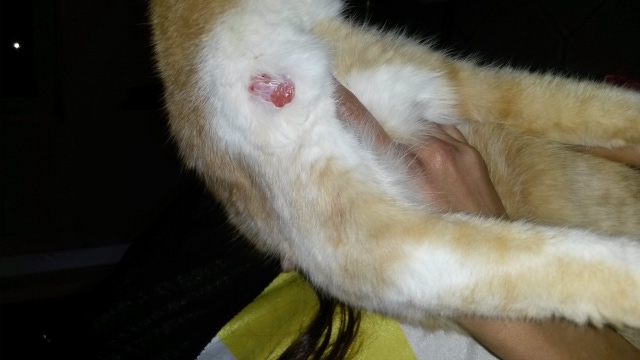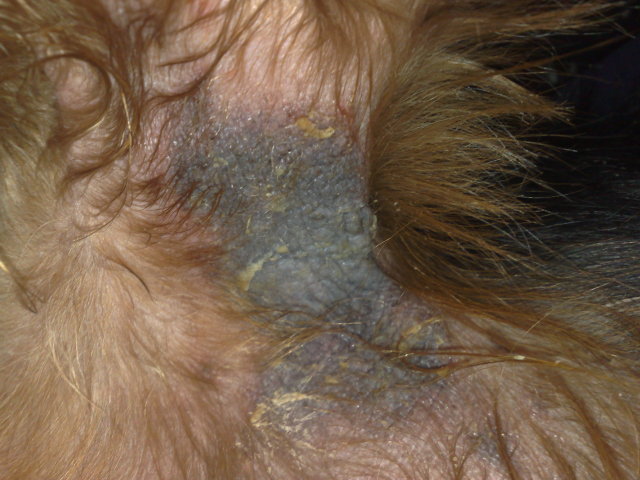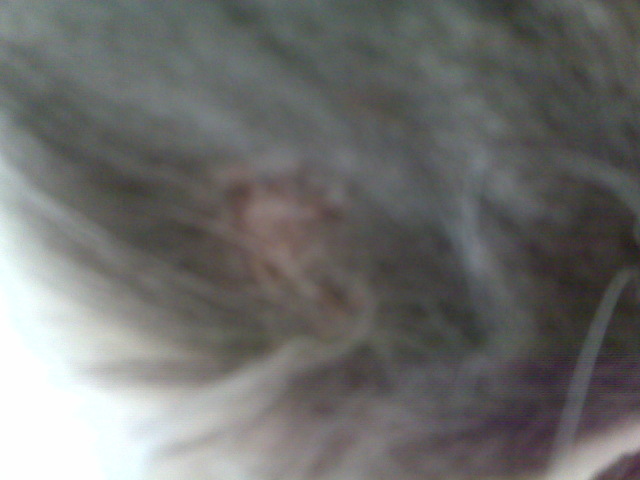QuestionWhy would a dog eat fresh, or otherwise fecal matter? Diet is Sience Diet.
AnswerIt could be due to an underlying medical problem or purely a behavioral problem. Read below for more info....
Any medical problem that leads to a decrease in absorption of nutrients, causes gastrointestinal upset or causes an increase in the appeal of the dog's stool, could lead to coprophagia (eating stools). In addition to a complete physical examination, the puppy's diet and its stool frequency and consistency should be evaluated. Stool testing for parasites would be the minimum level of testing. If the stool is unusually soft or appears to be poorly digested, additional stool or blood tests may be warranted. Feeding a poorly digestible diet, underfeeding, and medical conditions that decrease absorption such as digestive enzyme deficiencies or parasites, could lead to malnutrition, vitamin and mineral deficiencies and therefore an increased appetite and possibly stool eating. In addition, if the stools contain large amounts of undigested food material, there is an increased likelihood that the puppy would eat the stools.
When adult dogs begin to eat stools, it may also be due to mal-absorption of nutrients or nutritional deficiencies. In addition, any condition that might cause an increase in appetite or an unusual appetite, such as diabetes, Cushing's disease, thyroid disease, or treatment with certain drugs such as steroids, may lead to an increase in stool eating. Some dogs that have been placed on a highly restrictive or poorly balanced diet may also begin to eat their stools. It should also be noted that if a dog develops a taste for a particular dog's stool, that dog should be tested for any type of condition that might lead to poor digestion of the food (and therefore excessive food elements remaining in the stool).
In adult dogs the innate behavior of grooming and cleaning newborn puppies and eating their excrement, along with the well documented fact that dogs tend to be attracted to sniff and lick infection or discharge of their pack-mates, may explain some of the motivation for coprophagia. Since coprophagia may attract a great deal of owner attention, the behavior may be further reinforced. Early intervention can help reduce the possibility that the behavior will become a long-term habit.
Coprophagia can best be corrected by preventing access to stools, by thorough cleaning of the pet's property, and by constant supervision when the pet is outdoors. At the first indication of stool sniffing or investigation the dog should be interrupted with a firm command, punishment device or a quick pull on the leash (this is particularly effective for dogs wearing head halters). If the dog is taught to come to the owners and sit for a special food treat immediately following each elimination, the new behavior may become a permanent habit.
Dogs with medical problems should be treated to try and correct the underlying cause. A change in diet to one that is more digestible, or one with different protein sources may be useful. Dogs on restricted calorie diets may do better on a high bulk or high fiber formula. Some dogs may be improved by adding enzyme supplements to improve nutrient digestion or absorption. Specifically, the digestive enzymes in the form of meat tenderizers or food additives, may help increase protein digestion, resulting in a less palatable stool. Other published remedies that have never been proven to be effective are to add papaya, yogurt, cottage cheese or certs to the dog's food, which in some way are supposed to impart a less pleasant taste in the stools. When adding some items to dry dog food, it may be necessary to moisten the food first and allow the product to sit on the food for 10 - 15 minutes to increase effectiveness.
Unpleasant tastes are unlikely to be successful unless the product is suitably noxious as well as odorless (so that the pet cannot detect its presence in the stool). While the dog is out of sight, the stool should be opened with a plastic utensil, the taste deterrent inserted into the center and the stool closed and replaced for the dog to find. Most dogs however, either develop a tolerance to the taste, or learn to avoid those stools that are pretreated. Experimentally, the only form of taste aversion that is consistently effective is when a food type is associated with nauseousness. Since most dogs seem to prefer a well-formed stool, adding sufficient quantities of stool softeners or bulk laxatives will usually deter most dogs.

 Is my Husky Puppy underweight?
Question
Maxx- My Husky Puppy
I have a 11 1/2 weeks (he
Is my Husky Puppy underweight?
Question
Maxx- My Husky Puppy
I have a 11 1/2 weeks (he
 What is this sore?
Question
Sore
Just noticed this sore on my dogs belly t
What is this sore?
Question
Sore
Just noticed this sore on my dogs belly t
 Cat with bump on neck/ shoulder
Question
Wound
Hi, I have a 20 year old female
Cat with bump on neck/ shoulder
Question
Wound
Hi, I have a 20 year old female
 My yorkie has a skin problem
Question
my yorkie
I was wondering if you can help me i
My yorkie has a skin problem
Question
my yorkie
I was wondering if you can help me i
 skin issue
Question
Sore next to jaw bone
I have a 9 year old cat
skin issue
Question
Sore next to jaw bone
I have a 9 year old cat